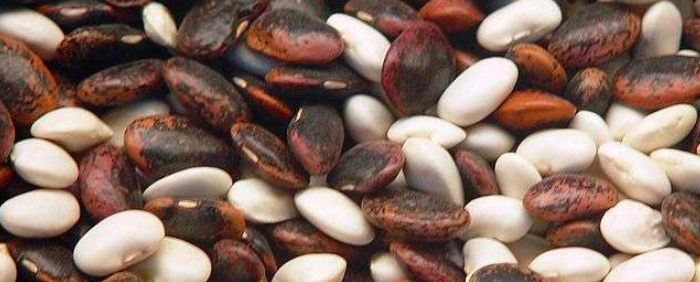
The analysis of the bean genes sheds light on the regions of the genome selected during its domestication by humans. These genes are also potential targets for improving its culture, beans being particularly interesting because it fixes atmospheric nitrogen.
The bean is a plant of the family of legumes which, with its different varieties, represents the tenth crop in the world. It is a major source of protein and essential nutrients in some countries: beansprovide up to 15% of calories and 36% of daily protein in parts of Africa and America.
Historically, common beans were domesticated about 8,000 years ago in two different places: Central America (present-day Mexico) and South America (Andes). Some farmers cultivate three crops: maize, beans and squash (the “three sisters”). The domestication has led to morphological changes: leaf size and seed color of the seed coat, etc.
The goal of work published in Nature Genetics was to understand the history of bean domestication to improve modern strains. Indeed, beans are of particular interest to researchers and farmers because of their ability to fix nitrogen . All plants require nitrogen for growth, but many agricultural fields are lacking, hence the need for fertilizer. Thanks to the symbiosis that legumes create with a nitrogen – fixing bacterium , that of the atmosphere can be converted into ammonium without the need to enrich the soil with fertilizer.
The domestication of the bean inscribed in its genes
An international team made up of researchers from different universities in the United States but also some French people analyzed the genome of the common bean, Phaseolus vulgaris . For this, they assembled 473 million base pairs (Mb) of the genome composed of 11 chromosomes . Using the sequences of 60 wild and 100 cultivated plants, the researchers confirmed that there were two independent domestications: less than 10% of the 74 Mb involved in domestication were shared by these two large groups of domesticated plants.
Researchers have also identified different genes, some of which may be useful for improving crops: genes related to increased leaf and seed size, but also those associated with flowering, nitrogen metabolism, the resistance to diseases, etc.
Comparing the genome of the bean with that of the soybean , Glycine max , also showed that the genome of the bean had evolved more rapidly than that of the soybean. These two species would have diverged from their common ancestor about 19.2 million years ago.